
- “100% Organic” – Foods bearing this label are made with 100% organic ingredients and may display the USDA Organic seal.
- “Organic” – These products contain at least 95–99% organic ingredients by weight. The remaining ingredients are not available organically but have been approved by the NOP. These products may display the USDA Organic seal. Organic meat, poultry, eggs and dairy that display the USDA Organic seal come from animals that are not given any antibiotics or growth hormones.
- “Made With Organic Ingredients” – Food packaging that reads “Made With Organic Ingredients” must contain 70–94% organic ingredients. These products can not bear the USDA Organic seal; instead, they may list up to three ingredients on the front of the packaging. Products with less than 70% organic ingredients may only list organic ingredients on the information panel of the packaging. These products can not bear the USDA Organic seal.
Keep in mind that not all producers go through the rigorous process of becoming certified organic – especially smaller farming operations – as it can be quite costly and time-consuming (the reason why organic food tends to cost more than its conventional counterpart).
Many growers and food producers voluntarily adhere to organic farming practices and will gladly share their growing practices with consumers. When shopping at local grocers and farmers’ markets, don’t hesitate to ask the vendors how your food was grown. Also noteworthy – if a producer is in fact Certified Organic by the USDA, the use of the USDA Organic label is voluntary.
Is organic really better for you? There’s much debate on the topic, but consider what your organic food DOESN’T contain – like pesticides, growth hormones and antibiotics – as opposed to whether or not it contains more nutrients. The organic-is-better-for-you debate is for another blog post, another day 🙂
Other food labeling terms include:
- “Natural” – The term natural is not regulated by the USDA and can be used on any food item, “natural” or not.
- “Free Range” – This term implies that the animals the food comes from are raised in an open-air or free-roaming environment for “an undetermined period each day.” The USDA defines “free-range” for poultry only – not eggs – meaning the term free-range on eggs and non-poultry meat is not regulated.
- “Grass-fed” – The American Grassfed Association (AGA) defines grass-fed cattle, bison, goats, and sheep as those that have consumed nothing but their mother’s milk and fresh grass or grass-type hay ALL of their lives. Pigs and poultry are considered grass-fed if they have been fed grass as a large part of their diet. The USDA has set a marketing claim standard for the term Grass-fed, but there is not a label or certification associated with it.
- “Marine Stewardship Council” – The Marine Stewardship Council is a non-government organization that aims to promote sustainable fishing practices and provides standards and methodologies to “ensure that the catch of marine resources are at a level compatible with long-term sustainable yield while maintaining the marine environment’s biodiversity, productivity, and ecological processes.”
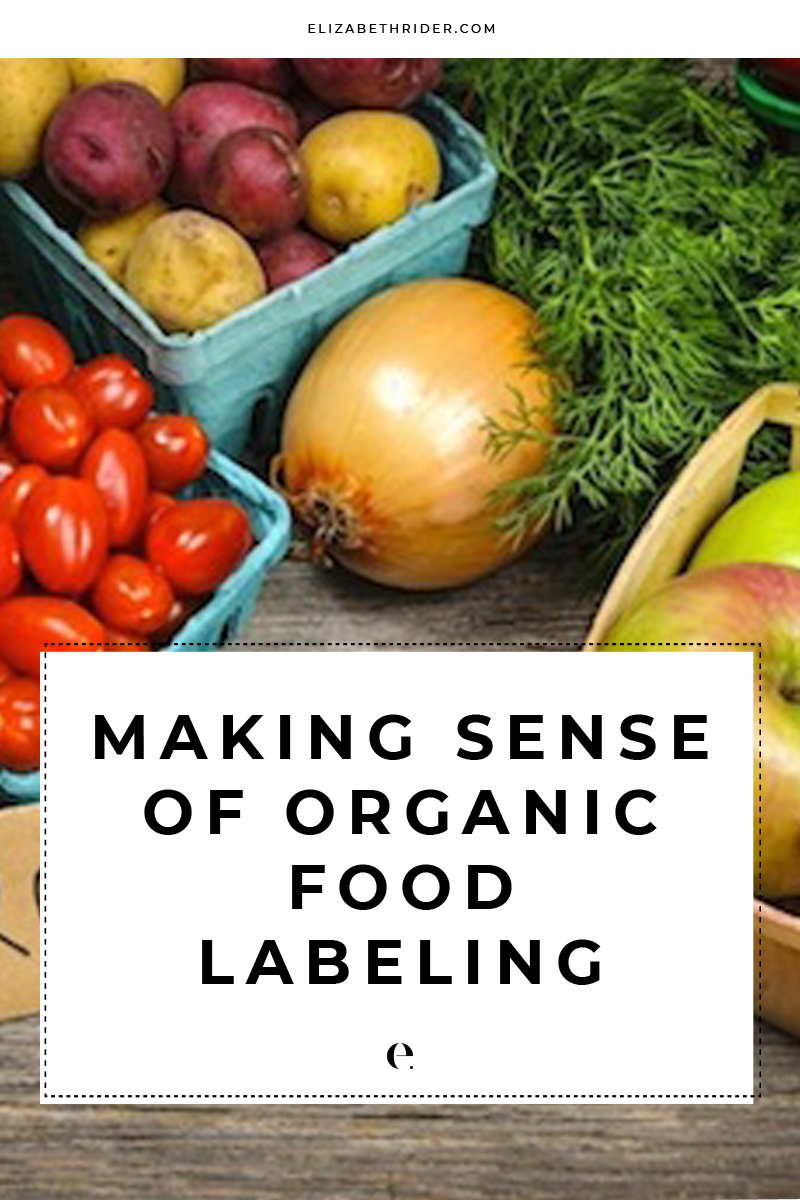
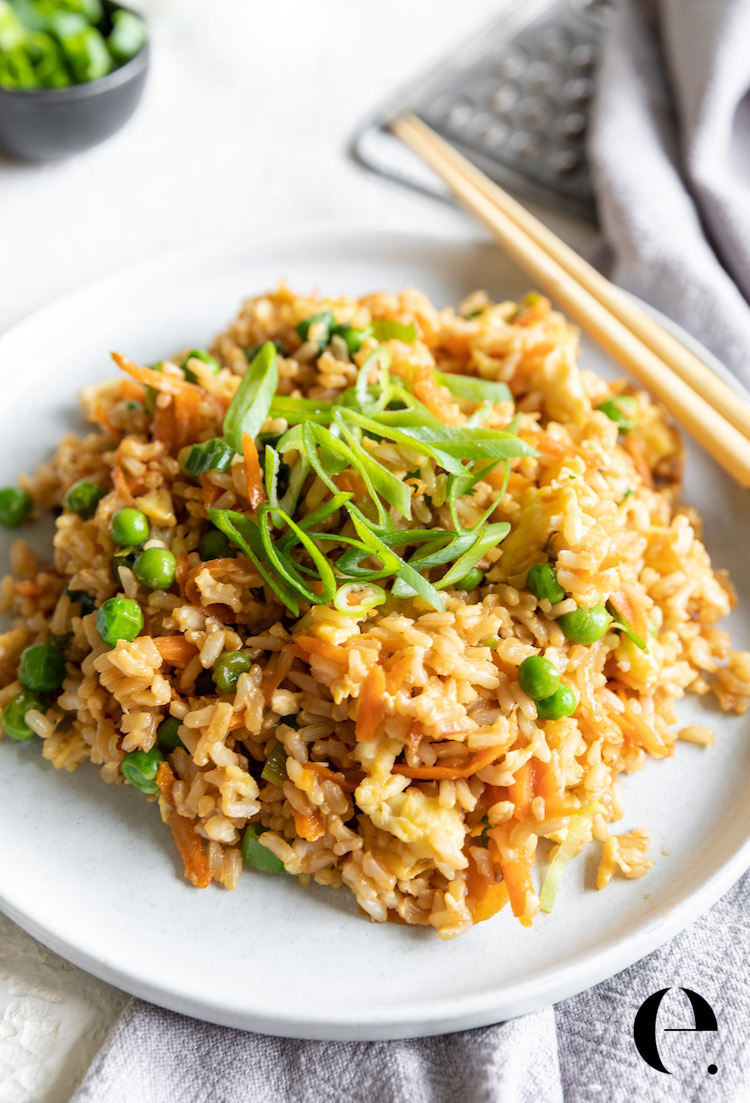
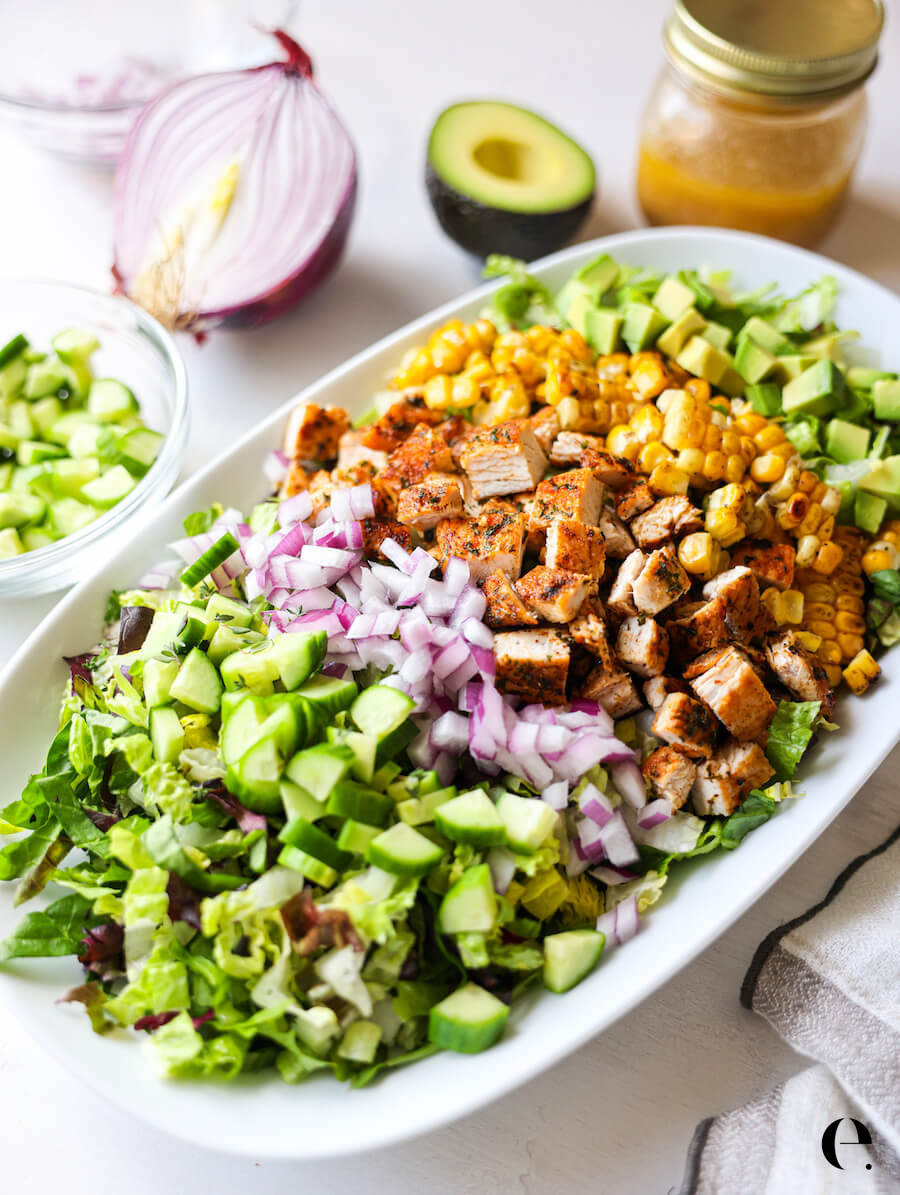
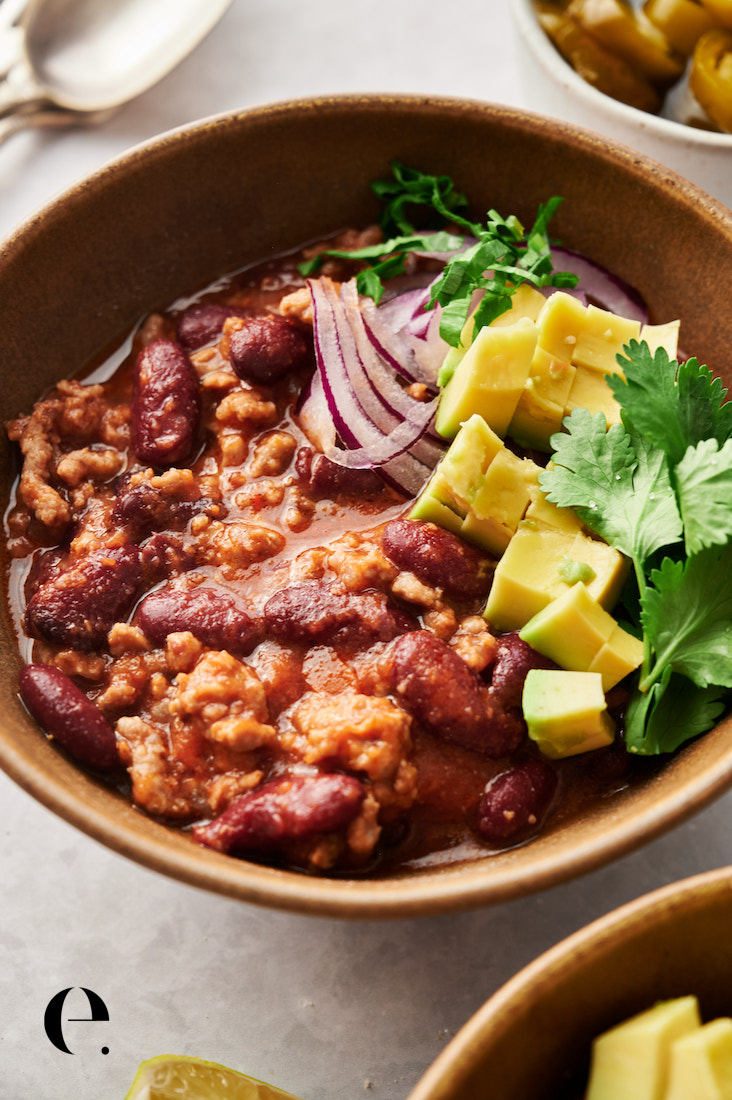
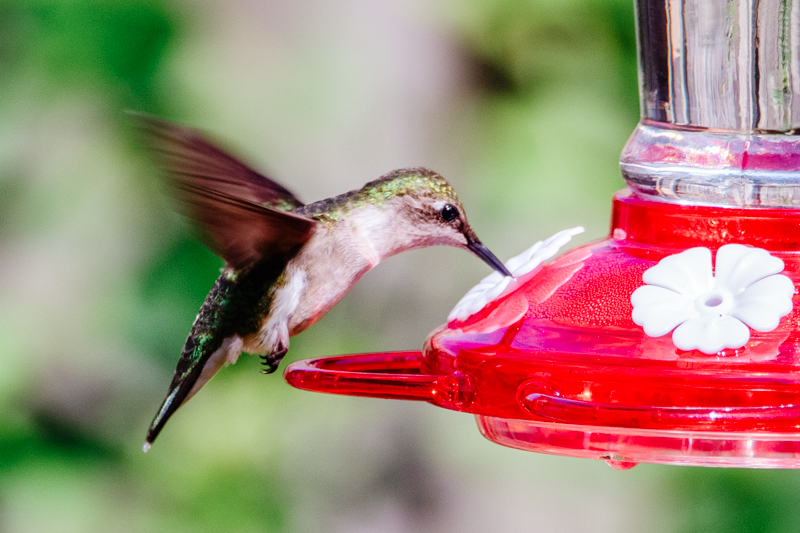
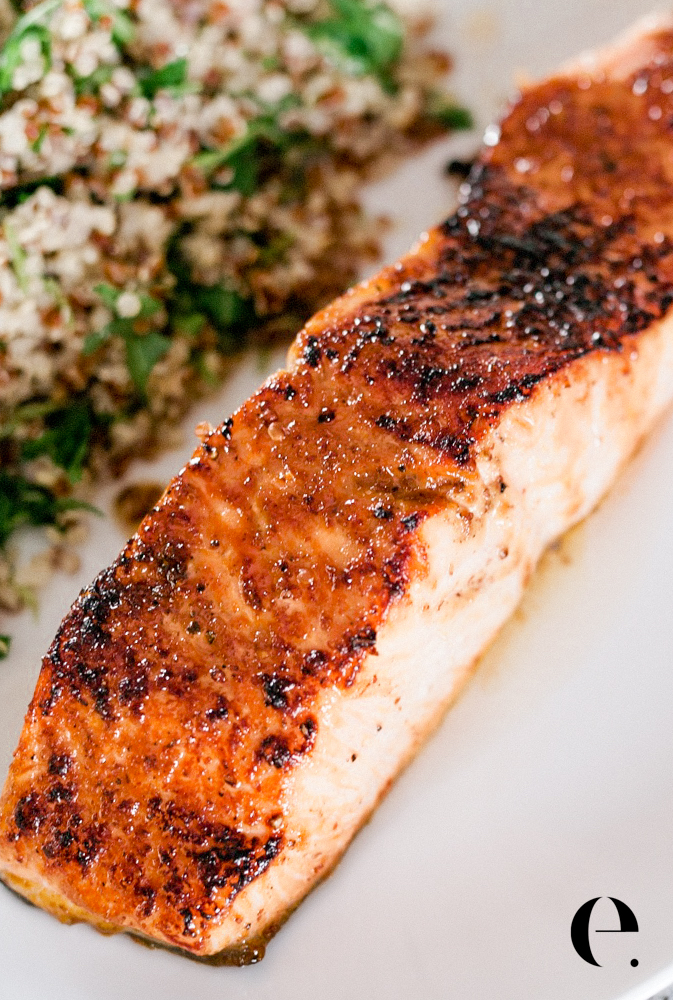
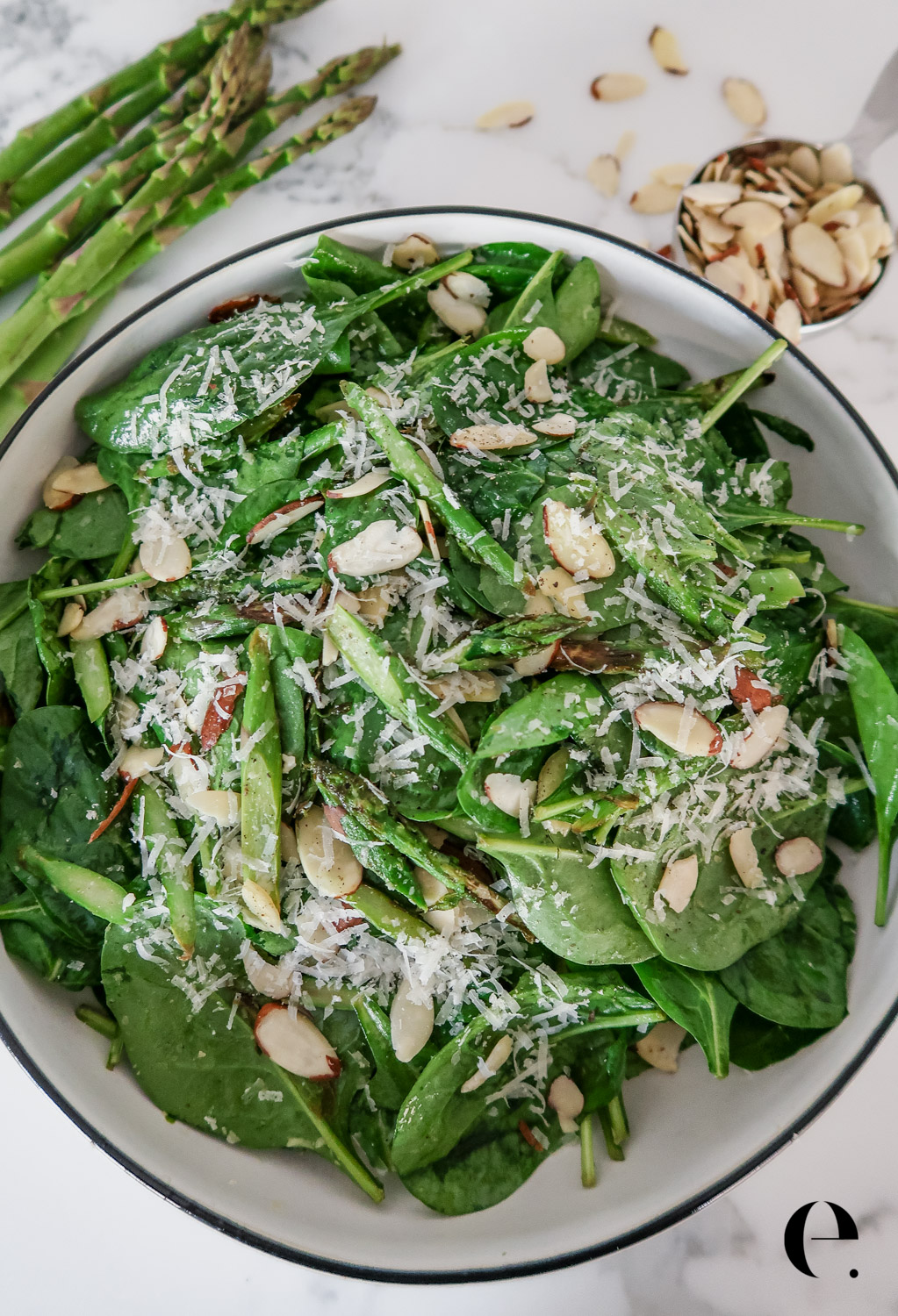
Leave A Review + Read The Comments →